últimas notícias
Categorias de Produtos
Quente Produtos
-
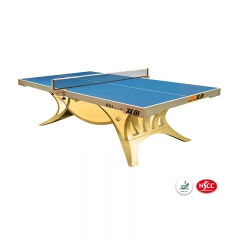
Mesa de tênis de mesa premium para campeonatos Volant King
Esta tabela de tênis de mesa premium é adequada para campeonatos. Aprovado pela ITTF e NSCC. Silver Undercarriage + Blue Light
consulte Mais informação -
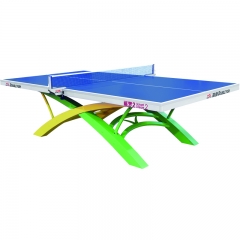
Mesa de tênis de mesa oficial para torneio Volant Dream 2
Mesa de ping pong oficial Volant Dream 2 para competições internacionais desenhadas pela Double Fish Sports.
consulte Mais informação -
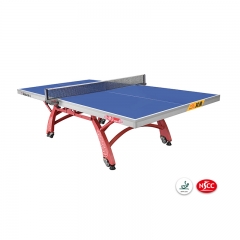
Mesa de tênis de mesa oficial para competições XIANGYU 328
Mesa de tênis de mesa portátil dobrável e duplo premium, design compacto O novo sistema de dobramento minimiza o risco de lesões durante o armazenamento e movimentação de mesa. Mesa de tênis de mesa aprovada pela ITTF.
consulte Mais informação -
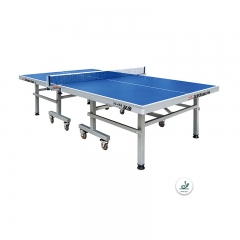
Mesa de tênis de mesa oficial para turismo mundial 99-45B
ITTF aprovou a mesa oficial de tênis de mesa durável para o torneio internacional. Espessura da placa de mesa: 25mm QUALIDADE DO TORNEIO - Esta tabela de qualidade profissional foi projetada para o mais alto nível de competição. PERFEITO PARA FAMÍLIAS - Oferece uma peça premium para todas as idades. Vá de frente para a cabeça ou dobre para prática individual. Os suportes de aço pesado de 2 polegadas sustentam os desafios mais difíceis. Uma excelente peça central para a sala de jogos, a sala de estar ou a academia. EASY ASSEMBLY - Participe jogando em minutos com montagem simples. A rede de alta qualidade está equipada com grampos de bloqueio facilmente ligados.
consulte Mais informação -
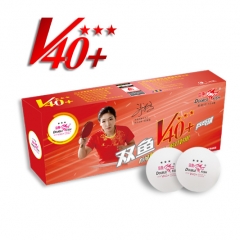
Melhor qualidade Double Fish V40 + Volant 3 Stars Table Tennis Ball
Double Fish V40 + Volant 3 Stars Table Tennis Ball é confirmado para as últimas Normas Técnicas T3 da ITTF.
consulte Mais informação -
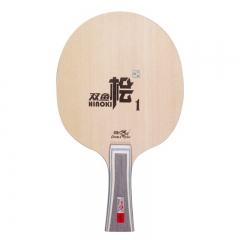
Double Fish QIJI All-round Table Tennis Blade
Lâmina de tênis de mesa QJJI de peixe duplo, que é a lâmina de tenis de mesa de tênis de mesa mais vendida, & nbsp; Perfeito para o jogador tradicional allround
consulte Mais informação
Rastreando a origem do Double Fish - o desenvolvimento da Fábrica de Tênis de Mesa de Guangzhou (Parte 1)
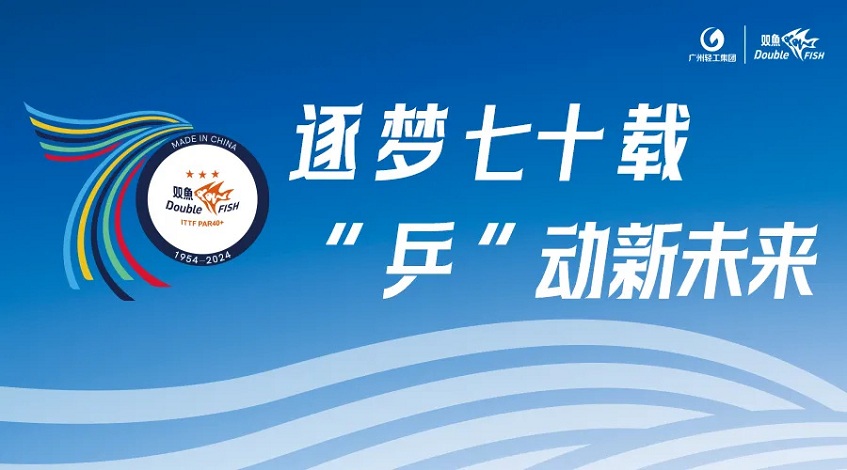
Desde a fundação da República Popular da China, Guangzhou tem promovido continuamente o processo de industrialização e modernização socialista através da implementação do plano quinquenal para o desenvolvimento económico e social nacional. Durante este período, Guangzhou estabeleceu inicialmente um sistema económico socialista, lançando as bases para a promoção abrangente da construção socialista.
No outono de 1959, uma importante reunião do comitê do partido estava sendo realizada em um desolado galpão de palha em Duntouji②, a leste de Guangzhou. O secretário da filial, Liao Honglue, transmitiu a decisão do comitê distrital de encerrar o trabalho de mais de 30 fábricas da indústria de alimentos, cultura e educação no distrito central③ para construir aqui uma base de produção de matérias-primas químicas. Na reunião, todos discutiram e formaram uma nova fábrica com contabilidade independente, levando os equipamentos de engenharia civil e os trabalhadores deixados por cada fábrica. Logo, os superiores concordaram com a sugestão e deram uma instrução severa de “só o sucesso é permitido, o fracasso não é permitido”. Assim, surgiu o nome "Chenggong Food Chemical Factory".
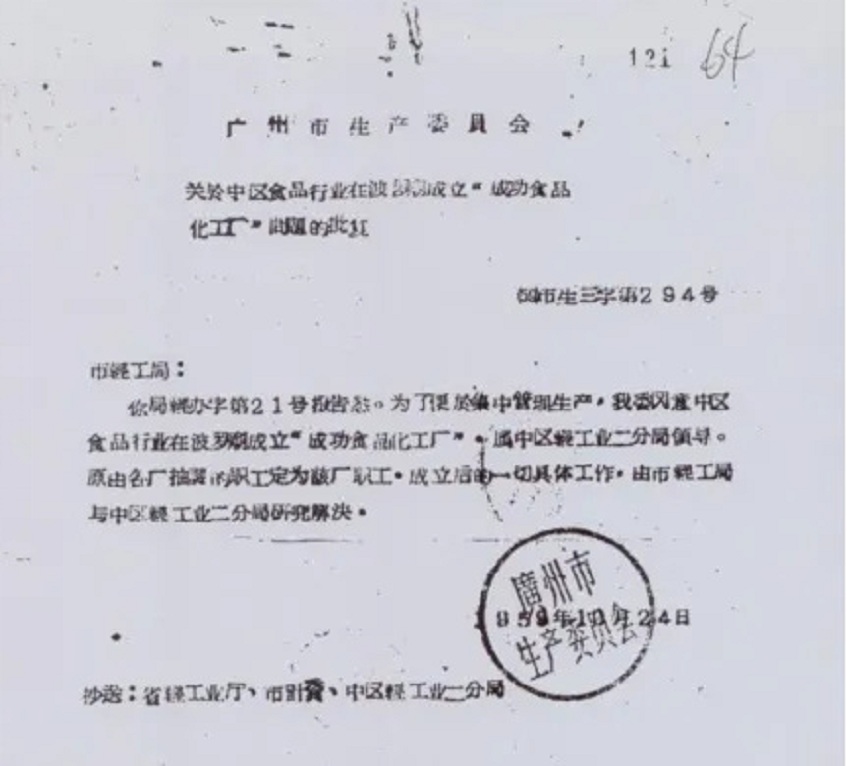
Resposta do Comitê Municipal de Produção de Guangzhou sobre o estabelecimento da Fábrica de Produtos Químicos Alimentares de Chenggong
Em março de 1960, a fábrica recém-nascida decidiu mudar-se para o novo local do Polo Temple④ na margem norte⑤. Uma encosta acidentada e árida, uma nova fábrica com uma "fundação" escassa, enfrentou as adversidades do "céu acima da cabeça e do deserto sob os pés". A fábrica pode funcionar nesta situação? Os trabalhadores disseram: “As pessoas que comem refeições prontas ficarão com os ossos moles. Não importa o quão difícil seja, não é tão difícil quanto viver em uma cabana de palha e dormir na lama quando chegaram a Duntouji.
"①O conteúdo deste artigo foi compilado principalmente com base nos dados históricos da Fábrica de Tênis de Mesa Chenggong e nas 303-304 páginas do Volume 5 (Parte 1) de "Crônicas da Cidade de Guangzhou".
②De acordo com as lembranças de Li Zhouchang, a antiga fábrica diretor da Fábrica de Tênis de Mesa Chenggong de Guangzhou na década de 1980, Dongjiao Duntouji fica perto de Nangang, no distrito de Huangpu.
③O Distrito Central foi abolido em 1960, e a maior parte do Distrito Central foi atribuída ao atual Distrito de Yuexiu, e algumas áreas foram atribuídas a Liwan. Distrito e Distrito de Haizhu
④O Templo Polo, também conhecido como Templo Nanhai e Templo Leste, está localizado na vila de Miaotou, distrito de Huangpu, Guangzhou. Foi construído no 14º ano de Kaihuang na Dinastia Sui (594), e foi construído. uma história de mais de 1.400 anos
⑤ Como o local da fábrica fica próximo ao estuário do Rio das Pérolas, a composição da água do mar circundante afeta a produção de matérias-primas químicas, por isso foi decidido transferir a fábrica para um local mais adequado. "
There are ways to deal with poverty. If there is no house, build it yourself!" So, they transported all the building materials from Duntouji - whether it was a straw shed, bricks and tiles, or a stove, or even a newly planted peach tree - across the river without omission, and started to build a new factory on this barren land. On this barren hillside, cadres, workers, and hundreds of heroes were engaged in base construction. Those who burned lime, carried sand and water, moved bricks to build walls, and nailed metal frames... During the day, it was steaming; at night, it was bustling. Everyone was united, and the soil turned into gold, and the factory buildings and dormitories were built.
Although the factory building was built, it still faced many challenges. But the workers were not afraid of difficulties and began to use local methods to produce chemical products to meet the urgent needs of industrial production at that time. They set about producing basic chemical raw materials such as hydrochloric acid, pure sulfur, ethanol, monomer flavors, barium sulfide and hydrosulfuric acid, and supplied them to many factories including the Asia Soda Factory to support the development of Guangzhou's industry.
At this time, the table tennis sport in New China had gradually developed, constantly pushing the domestic table tennis sport to a new peak.
In 1959, the world was shaken by a Chinese athlete. On April 5 of that year, the 25th World Table Tennis Championships was held in Dortmund, the former West Germany. The 21-year-old table tennis player Rong Guotuan defeated many world players in succession, and finally faced the Hungarian veteran Sido who had won the world championship nine times. Rong Guotuan played steadily after losing the first game, and finally won three games in a row, winning the men's singles world championship for China. This is the first world championship since the founding of New China.
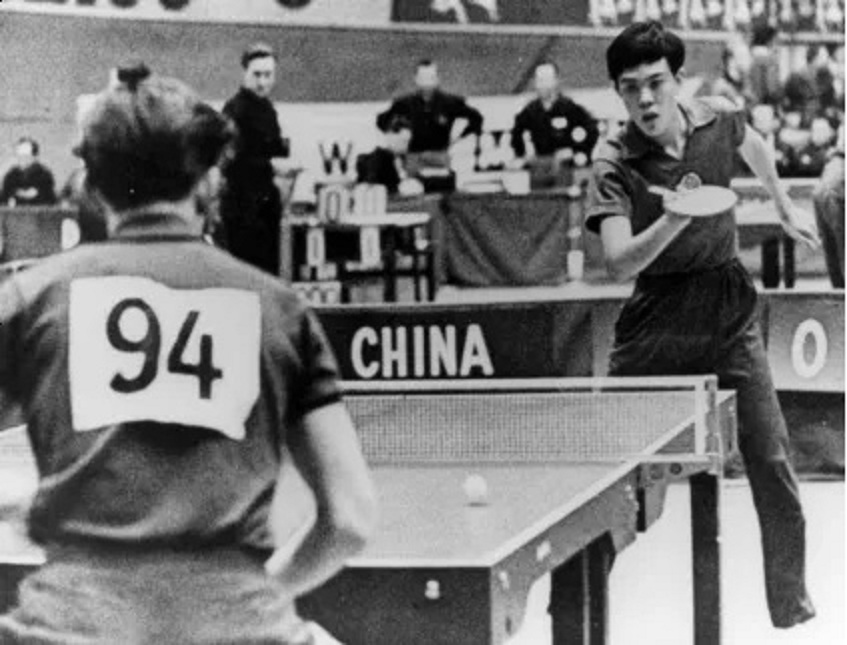
The 25th World Table Tennis Championships, Rong Guotuan is in full swing
Almost at the same time as Rong Guotuan won the championship, the International Table Tennis Federation agreed to host the 26th World Table Tennis Championships in Beijing. After the news came out, people rushed to tell each other, and all parties showed concern and support. Welcoming the "26th" and playing well in the "26th" has become a major event across the country. As a result, the table tennis craze swept across China, and the demand for table tennis equipment increased day by day.
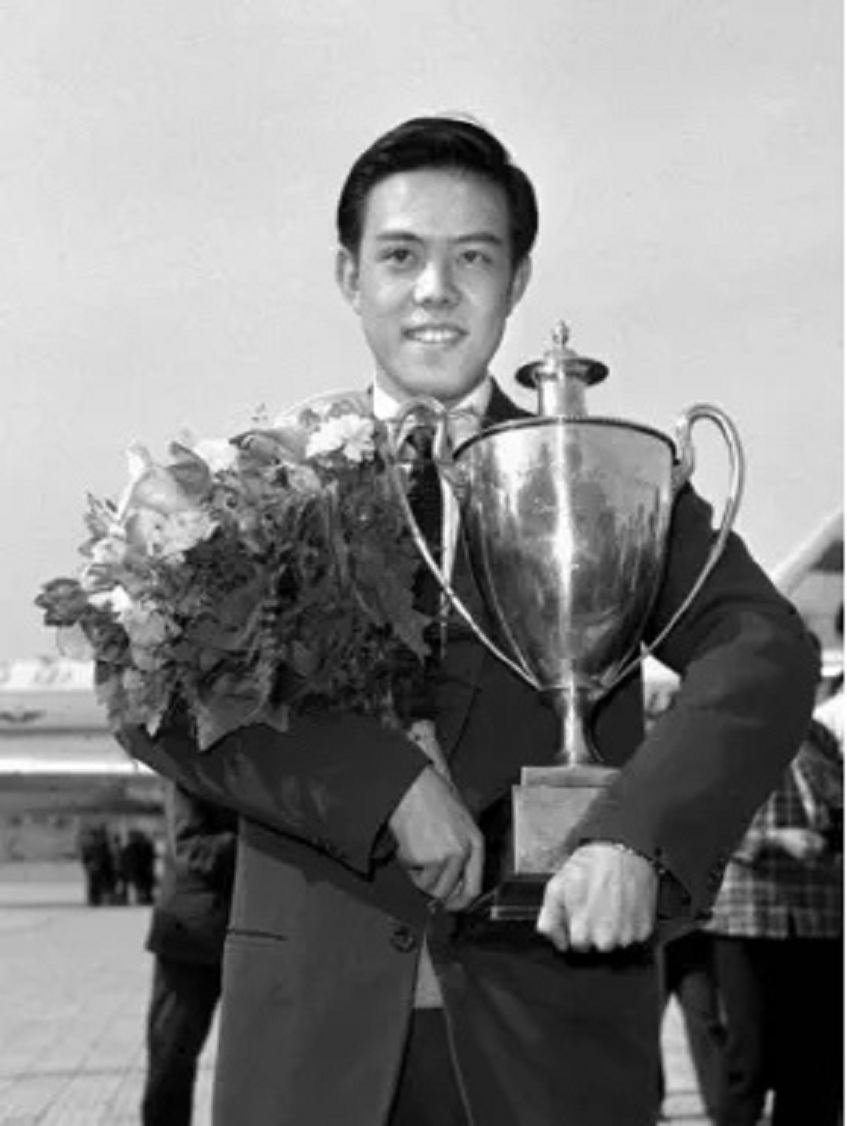
China's first world champion Rong Guotuan
In 1960, in response to Chairman Mao's call for "developing sports and strengthening the people's physique" and to meet the people's need for table tennis when developing sports, in September of that year, the superiors decided that the future product task of Chenggong Factory would be to produce table tennis. The factory name was changed to Chenggong Table Tennis Factory, and it was decided to integrate a table tennis trial production team of Guangzhou Guoqun Musical Instrument Factory ⑥ into it. Unexpectedly, this production conversion decision determined the fate of the birth of the first professional table tennis factory in Guangzhou, and even had a profound impact on the development of Chinese table tennis equipment!
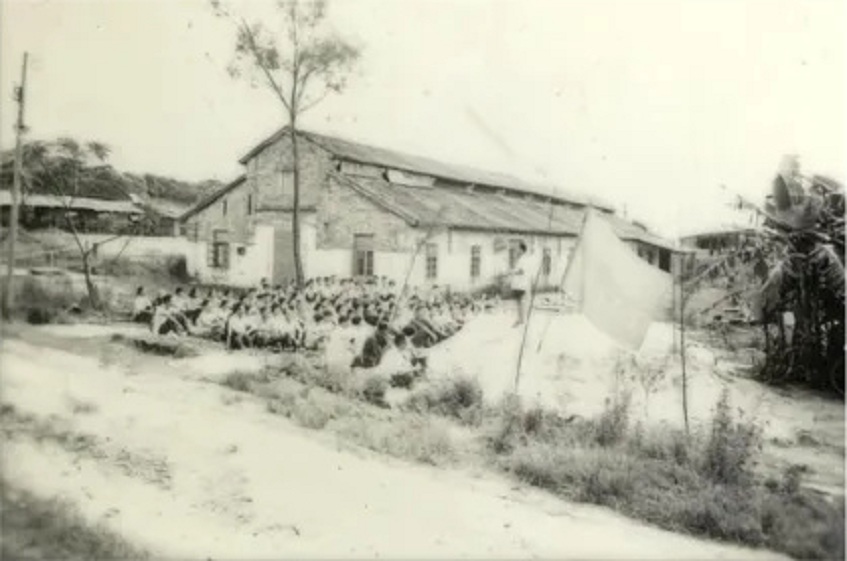
The appearance of the factory near the Polo Temple in the last century
When the Chenggong Table Tennis Factory received the task of switching to the production of table tennis balls, it faced many difficulties: first, it had no technology to produce table tennis balls; second, it had no machinery and equipment, only a few simple tools such as vises, hand drills, and broken bellows; third, it had no industrial water, only a drinking well; fourth, it had no suitable factory buildings, only four borrowed earthen houses for temporary residence. All the employees of the factory carried forward the spirit of "self-reliance and hard work", relying on simple tools to make parts and equipment; dig channels and build pools to draw mountain water, and use cars to draw river water during droughts; build earth stoves, borrow large pots, and use boiling water to "cook" table tennis balls⑦
"⑥According to the "Guangzhou City Annals", in the early 1950s, Guangzhou Guoqun Musical Instrument Factory once produced toy table tennis balls, with a monthly output of about 50,000.
⑦The original table tennis ball process: First, the 0.55 mm thick raw material is cut into discs through a punching process. Then, these discs are heated in hot water to soften, and then placed in a pressing mold and pressed into two hemispherical shapes with edges. After the initial forming is completed, the edge rings of the two hemispheres are cut off to ensure the neatness and uniformity of the edges. Subsequently, the two hemispheres with the edge rings removed are precisely bonded by using a special solvent, and the bonded spheres are soaked in warm water for maintenance. Finally, Put the bonded sphere into the mold and heat it in a medium with a temperature higher than 100 degrees (such as water or wax solution) to eliminate the bonding seams and ensure the overall strength and shape of the sphere. The process of "boiling" ping-pong balls refers to the last step, which is to heat it in a medium with a temperature higher than 100 degrees (such as water or wax solution) to eliminate the bonding seams. "
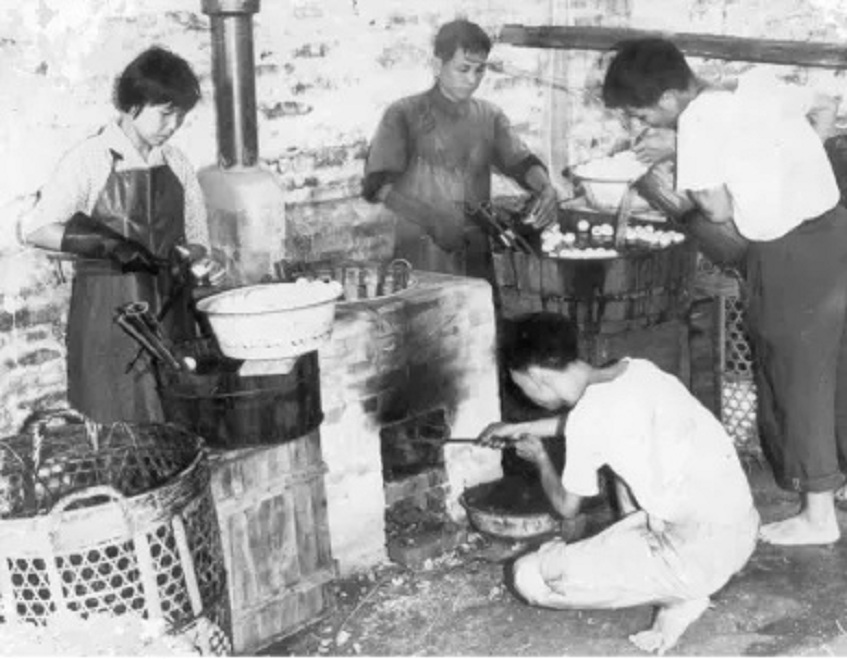
Early ping-pong ball production
Embora não houvesse marca registrada e padrões de qualidade claros na época, este lote de bolas de pingue-pongue personificava os incontáveis esforços e suor da geração mais velha de pessoas da Double Fish, brilhando com a luz ideológica da "autossuficiência e trabalho duro ", e finalmente saiu com sucesso!























 Overseas business:(020)8431 9554
Overseas business:(020)8431 9554
 13829778212
13829778212